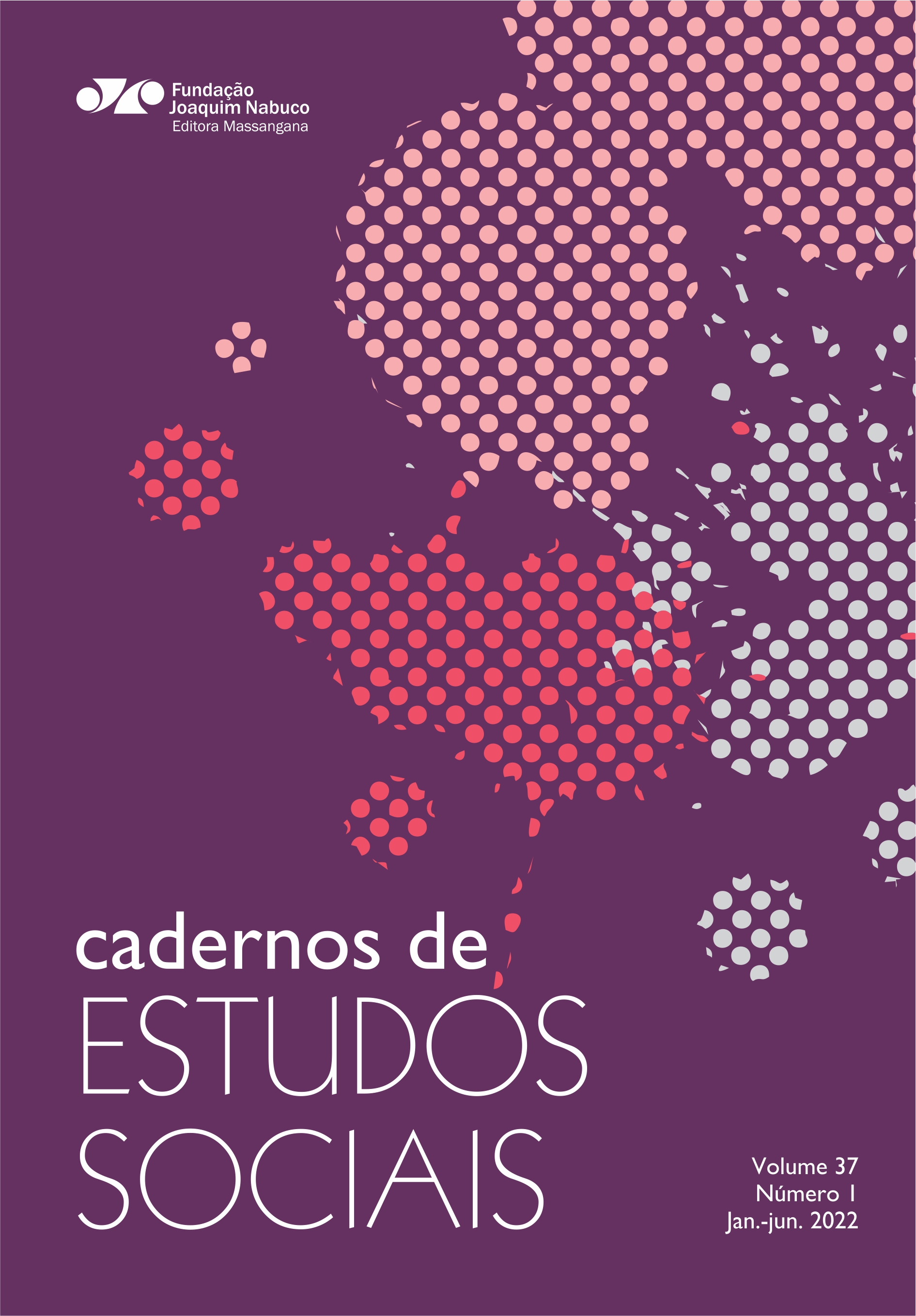EDITORIAL - MATERNAL, FETAL AND CHILD MORTALITY AND THE ROLE OF DEATH SURVEILLANCE IN THE CONTEXT OF THE COVID-19 PANDEMIC
DOI:
https://doi.org/10.33148/CES(2226)notaAbstract
Maternal, fetal and infant mortality has been an object of global concern, as they express restrictions in guaranteeing inalienable rights to life (GRAHAM et al., 2016; HUFF et al., 2019; RENO; HYDER, 2018)
Over the decades, different governments and international organizations have engaged in implementing policies and programs aimed at improving maternal and child health; the improvement and programmatic expansion of health actions and services and the development of social policies, thus bringing together a set of actions that would impact the mitigation of socioeconomic inequalities, the improvement of access and assistance to health and, consequently, the reduction of preventable deaths (WHO, 2023).
Over the last 20 years, a reduction in these deaths has been observed in different regions around the world. However, since 2016, the global maternal mortality rate has stagnated at around 223 per 100,000 live births (LB) and only one region in Southeast Asia has recorded a decline, while the others have maintained or increased rates. In 2021, almost half of deaths of children under 5 years of age occurred in the neonatal period and the global stillbirth rate stood at 13.9 stillbirths per 1,000 total births (WHO, 2023).
Downloads
Published
How to Cite
Issue
Section
License
Copyright (c) 2023 Autor, concedendo à revista o direito de primeira publicação

This work is licensed under a Creative Commons Attribution 4.0 International License.
Autores que publicam nesta revista concordam com os seguintes termos:
- Autores mantém e retém os direitos autorais. Os mesmos concedem à revista o direito de primeira publicação, com o trabalho simultaneamente licenciado sob a Licença Creative Commons Attribution que permite o compartilhamento do trabalho com reconhecimento da autoria e publicação inicial nesta revista.
- Autores têm autorização para assumir contratos adicionais separadamente, para distribuição não-exclusiva da versão do trabalho publicada nesta revista (ex.: publicar em repositório institucional ou como capítulo de livro), com reconhecimento de autoria e publicação inicial nesta revista.


